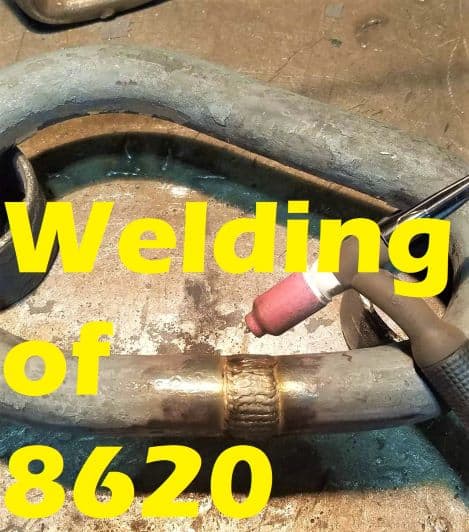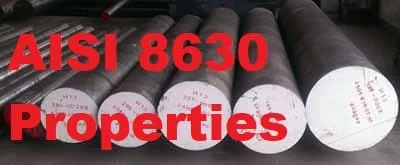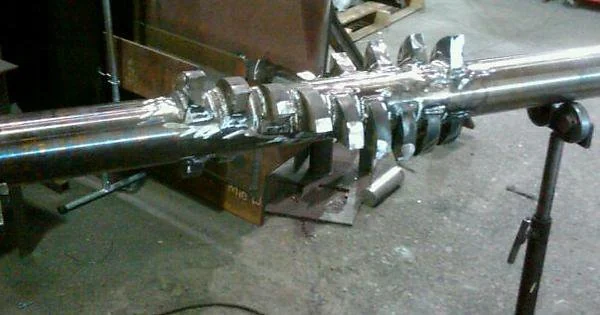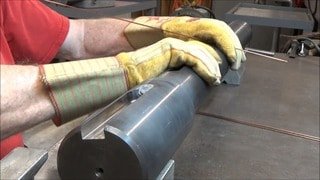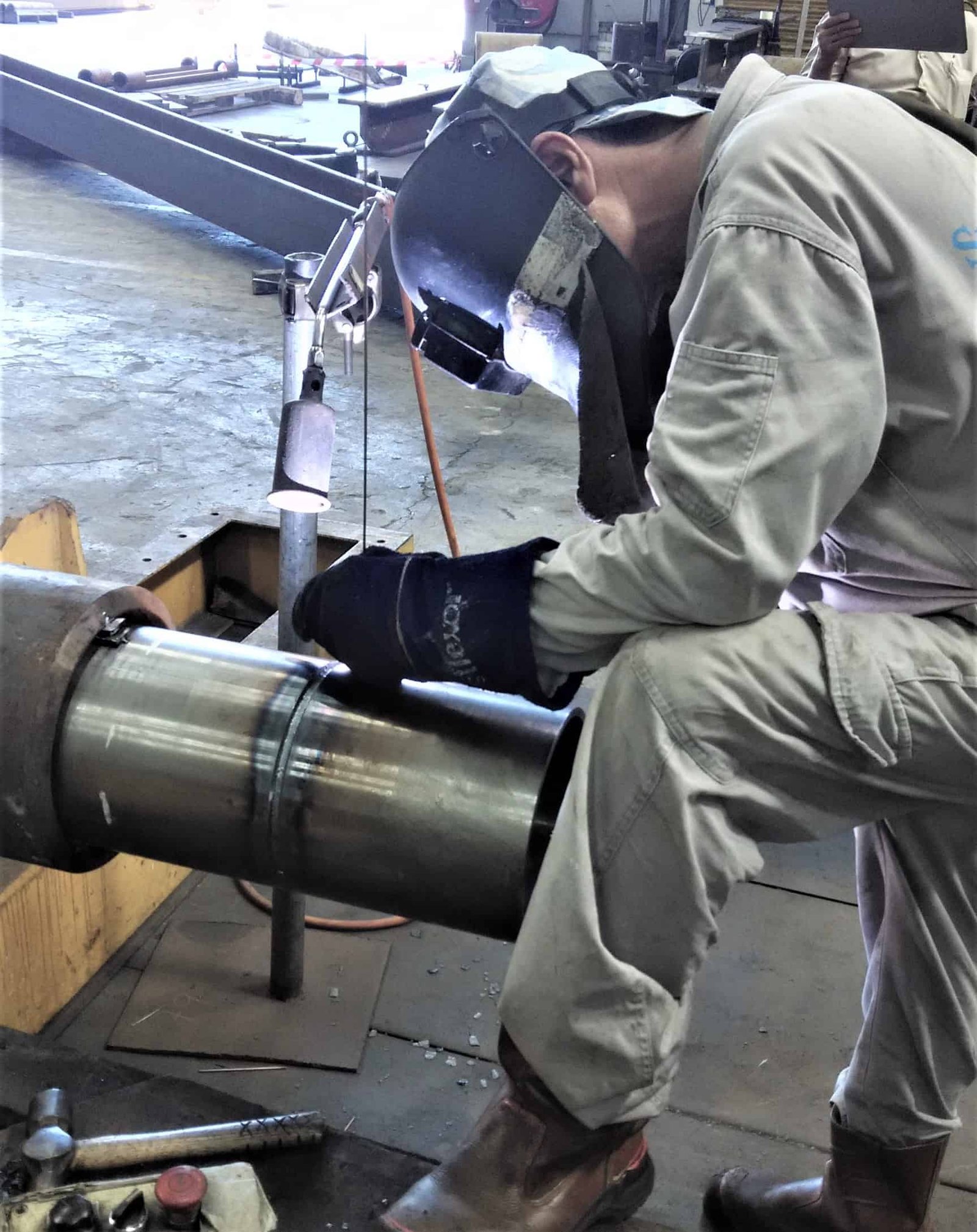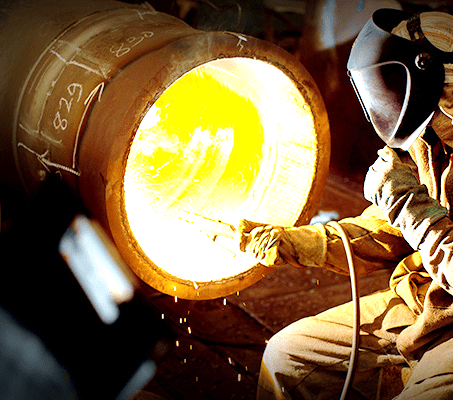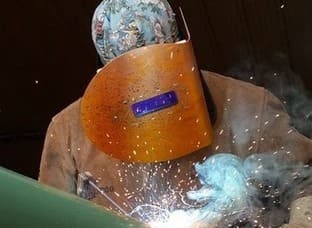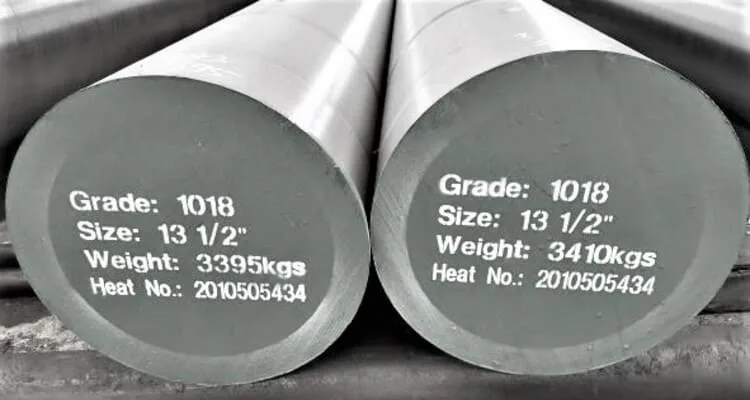AISI 4140 Steel
AISI 4140 steel is a low alloy steel that contains chromium, molybdenum and manganese.
It is one of the most commonly used medium carbon steels, and has high strength, fatigue resistance and hardness properties.
AISI 4140 steel is often used in applications such as shafts, gears, bolts and other automotive components due to its excellent mechanical properties.
AISI 4140 steel has an impressive combination of strength, ductility and shock resistance making it suitable for use in demanding industrial environments.
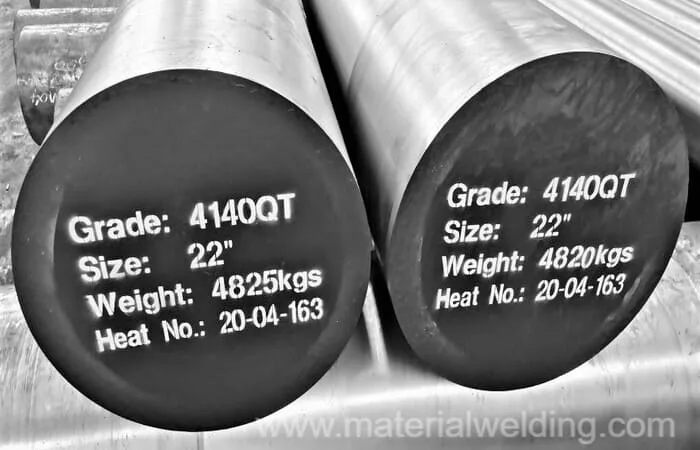
AISI 4140 steel Specification
The UNS Number of AISI 4140 Steel is UNS G41400. AISI 4140 steel material specifications are:
- ASTM A 193: Grade B7, B7M,
- ASTM A29, A 322, A331, A506, A513, A519, S646, A 752: Grade 4140,
- SAE J404: Grade 4140,
- AMS 6349, 6381,
- EN 10250: Grade 42CrMo4 (1.7225),
- BS 970: Grade 42CrMo 4,
- DIN 17200: Grade 42CrMo4 (1.7225),
AISI 4140 steel Equivalent material
Belonging to the family of SAE steels—the American iron and steel institute (AISI) classifies it as a 41xx series—several equivalent materials can be found on the market today. AISI 4140 equivalent materials are:
- Grade 42CrMo4 (1.7225),
- JIS G4105- Grade SCM440,
- AS 1444-Grade 4140
- ASTM A29, A 322, A331, A506, A513, A519, S646, A 752: Grade 4140
4140 steel meaning
| Number | Meaning |
| 4 | means that aisi 4140 steel is Molybdenum as main alloying |
| 1 | Means added Chromium for alloying. |
| 40 | Grade designation. |
AISI 4140 Chemical Compositions
4140 steel contains several key chemical components that give it its unique properties such as molybdenum, silicon, manganese, chromium and carbon.
These elements provide AISI 4140 with increased wear resistance, fatigue strength and ductility compared to other grades of steel.
The chemical composition of AISI 4140 consists mainly of iron along with small amounts of molybdenum (0.15-0.25%), silicon (0.15-0.30%), manganese (0.75-1%), chromium (0.8-1.1%) and carbon (0.38- 0.42%).
Detailed chemical composition of AISI 4140 steel is given below:
| Grade | C% | Si | Mn% | Si% | S% | P% | Cr% | Mo% |
| 4140 | 0.38 to 0.43 | 0.15 to 0.35 | 0.75 to 1.0 | 0.15 to 0.35 | 0.040 | 0.035 | 0.8 to 1.10 | 0.15 to 0.25 |
AISI 4140 Mechanical Properties
4140 steel is a versatile quenched and tempered steel (here annealed version) with high strength and high toughness, which is often used for highly stressed components in vehicle construction.
It is also universally used in mechanical engineering in the quenched and additionally surface-hardened condition.
AISI 4140 steel tensile strength is 95 Ksi (655 MPa) and Yield strength is 60.2 Ksi (415 MPa) minimum.
The hardness of 4140 steel varies based on the toughness temperature and usually in the range of 217 HB to 241 HB.
| Properties | Value |
| Tensile Strength | 95 Ksi (655 MPa) |
| Yield Strength | 60.2 Ksi (415 MPa) |
| % Elongation | 25.70 |
| Density | |
| Melting Points | 2580 to 2650 °F |
AISI 4140 Heat Treatment
In the quenched and tempered condition, AISI 4140 steel has good mechanical properties and can be used for a wide variety of construction parts in automotive and vehicle construction.
The tempering process consists of hardening and subsequent tempering of the material.
In this step, the material processed in this way receives a previously precisely defined high tensile and fatigue strength, because the tempering heat treatment can be used to influence the relationship between hardness and toughness of the steel in a targeted manner.
This steel is hardened by keeping the temperature in a range between 820°C and 860°C.
The quenching – i.e., the rapid cooling of the workpiece – then takes place in an oil bath or in water. The tempering temperature following hardening depends on the desired strength.
Hardened steel becomes softer the higher temperature you use for tempering. It should be noted that tempering must be carried out as soon as possible after the hardening process in order to avoid the formation of cracks.
A tempering treatment in a temperature range between 540°C – 680°C with subsequent cooling in air is recommended.
- Annealing: at 800°C – 850°C, hold & furnace cool.
- Normalizing: at 870°C – 900°C, holding 10-15 minutes followed by still air cooling.
- Quenching: at 820°C – 860°C, hold and followed by water quenching.
- Tempering: at 540°C – 980°C. soaking 1 hour per inch thickness followed by still air cooling.
AISI 4140 Steel Welding
The most important factor when welding AISI 4140 steel is preheating the material before joining two pieces together.
4140 steel material can be welded with Stick welding, TIG and MIG Welding.
Click here for AISI 4140 Steel Welding Procedure.
AISI 4140 Steel Uses
Mechanical engineering in general, machine components, axles, steering knuckles, connecting rods, crankshafts, transmission shafts, pinions, gears, drums, base plates, body parts.
